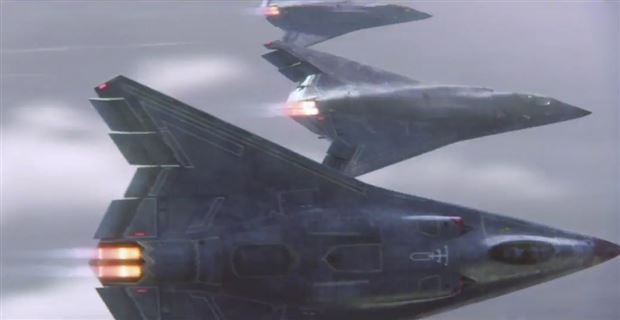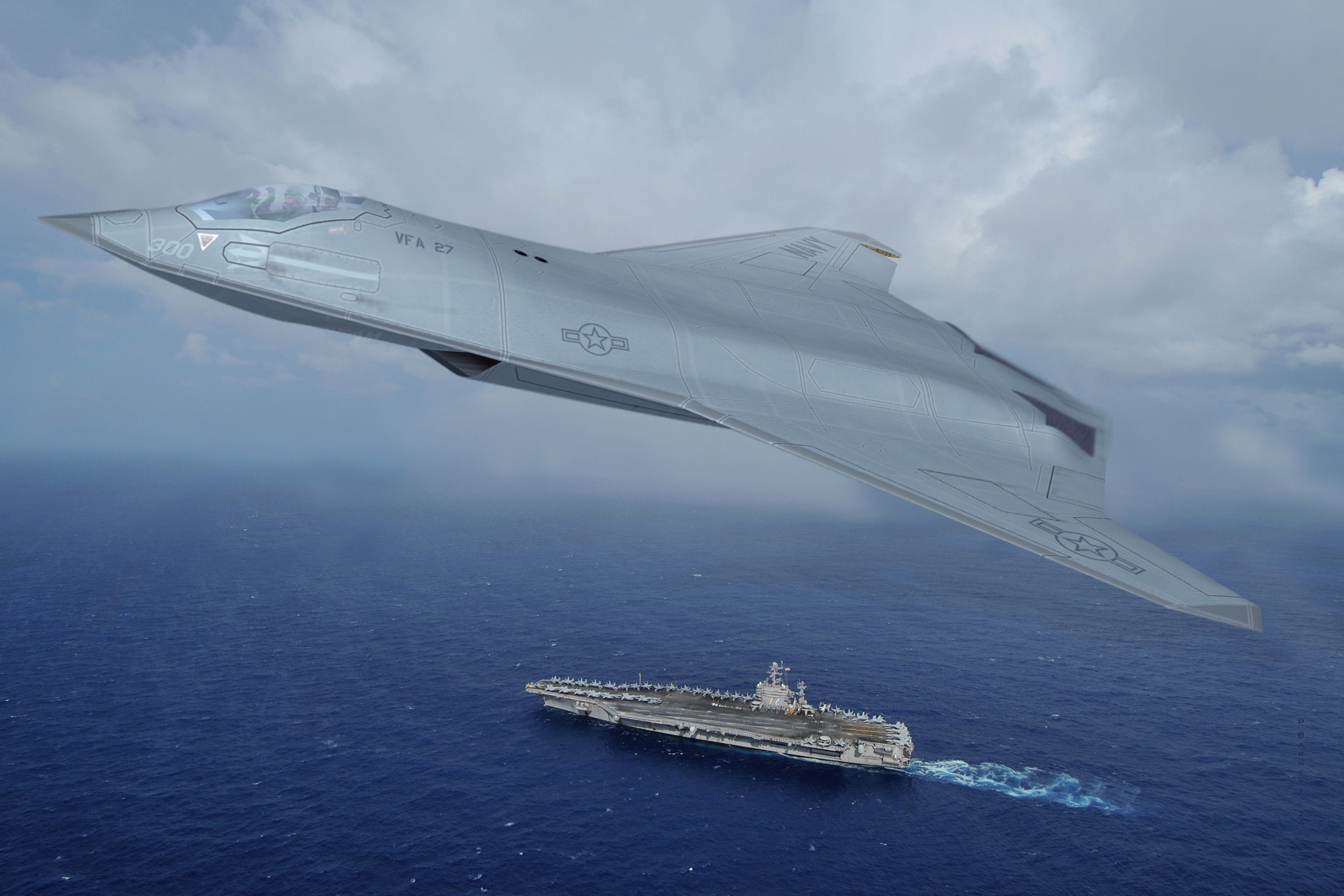The Air Force has begun experimenting and conceptual planning for a 6th generation fighter aircraft to emerge in coming years as a technological step beyond the F-35,

The Air Force has begun experimenting and conceptual planning for a 6th generation fighter aircraft to emerge in coming years as a technological step beyond the F-35, service leaders said.
"We have started experimentation, developmental planning and technology investment," Lt. Gen. Arnold Bunch, Military Deputy, Office of the Assistant Secretary of the Air Force, Acquisition, told Scout Warrior in an interview earlier this year.
The new aircraft, engineered to succeed the 5th-generation F-35 Joint StrikeFighter and explode onto the scene by the mid 2030s, is now in the earliest stages of conceptual development with the Air Force and Navy. The two services are now working together on early conceptual discussions about the types of technologies and capabilities the aircraft will contain. While the Air Force has not yet identified a platform for the new aircraft.
While Bunch did not elaborate on the specifics of ongoing early efforts, he did make reference to the Air Superiority 2030 Flight Plan which delineates some key elements of the service's strategy for a future platform.
Fighter jets in 20-years may likely contain the next-generation of stealth technoology, electronic warfare, sophisticated computer processing and algorithms, increased autonomy, hypersonic weapons and so-called "smart-skins" where sensors are built into the side of the aircraft itself - according to expert aviation analyst Richard Aboulafia, with the Teal Group.
Some of these characteristics may have been on display more than a year ago when Northrop Grumman's SuperBowl AD revealed a flashy first look at its rendering of a new 6th-generation fighter jet.
Northrop is one of a number of major defense industry manufacturers who will bid for a contract to build the new plane - when the time is right. While there are not many details available on this work, it is safe to assume Northrop is advancing concepts, technology and early design work toward this end. Boeing is also in the early phases of development of a 6th-gen design, according to a report in Defense News.
The Navy's new aircraft will, at least in part, replace the existing inventory of F/A-18 Super Hornets which will start to retire by 2035, Navy officials said.
The Navy vision for a future carrier air wing in 2040 and beyond is comprised of the carrier-launched variant of the Joint Strike Fighter, the F-35C, and legacy aircraft such as the EA-18G Growler electronic jamming aircraft.
Also, around this time is when Navy planners envision its 6th generation aircraft to be ready, an aircraft which will likely be engineered for both manned and unmanned missions.
Technologies are rapidly advancing in coatings, electromagnetic spectrum issues, artificial intelligence, maneuvering, superiority in sensing the battlespace, communications and data links, Navy leaders have said.
Navy officials also add that the Navy is likely to develop new carrier-launched unmanned air vehicles in coming years as well. For instance, Northrop's historic X-47B demonstrator aircraft was the first unmanned system to successfully launch and land on the deck of an aircraft carrier.
Analysts have speculated that as 6th generation developers seek to engineer a sixth-generation aircraft, they will likely explore a range of next-generation technologies such as maximum sensor connectivity, super cruise ability and an aircraft with electronically configured “smart skins.”
Super cruise technology would enable the new fighter jet to cruise at supersonic speeds without needing afterburner, analysts have explained. As a result, super cruise brings a substantial tactical advantage because it allows for high-speed maneuvering without needing afterburner, therefore enable much longer on-location mission time. Such a scenario provides a time advantage as the aircraft would likely outlast a rival aircraft likely to run out of fuel earlier. The Air Force F-22 has a version of supercruise technology.
Maximum connectivity would mean massively increased communications and sensor technology such as having an ability to achieve real-time connectivity with satellites, other aircraft and anything that could provide relevant battlefield information.The new aircraft might also seek to develop the ability to fire hypersonic weapons, however such a development would hinge upon successful progress with yet-to-be-proven technologies such as scramjets traveling at hypersonic speeds. Some tests of early renderings of this technology have been tested successfully and yet other attempts have failed.
The Air Force Chief Scientist, Dr. Geoffrey Zacharias, has told Scout Warrior that the US anticipates having hypersonic weapons by the 2020s, hypersonic drones by the 2030s and recoverable hypersonic drone aircraft by the 2040s. There is little doubt that hypersonic technology, whether it be weaponry or propulsion, or both, will figure prominently into future aircraft designs.
Smart aircraft skins would involve dispersing certain technologies or sensors across the fuselage and further integrating them into the aircraft itself, using next-generation computer algorithms to organize and display information for the pilot. We see some of this already in the F-35; the aircraft sensor fusion uses advanced computer technology to collect, organize and display combat relevant information from a variety of otherwise disparate sensors onto a single screen for pilots. In addition, Northrop's Distributed Aperture System is engineered to provide F-35 pilots with a 360-degree view of the battlespace. Cameras on the DAS are engineered into parts of the F-35 fuselage itself to reduce drag and lower the aircraft's radar signature.

Smart skins with distributed electronics means that instead of having systems mounted on the aircraft, you would have apertures integrated on the skin of the aircraft, analysts have said.
This could reduce drag, increase speed and maneuverability while increasing the technological ability of the sensors.
It is also possible that the new 6th-generation fighter could use advanced, futuristic stealth technology able to enable newer, more capable air defenses. The air defenses of potential adversaries are increasingly using faster computing processing power and are better networked together, more digital, able to detect a wider range of frequencies and able to detect stealthy aircraft at farther distances.
The new 6th-generation fighter will also likely fire lasers and have the ability to launch offensive electronic attacks.
https://scout.com/military/warrior/Article/Air-Force-Starts-Experiments-for-6th-Gen-Fighter-112340524